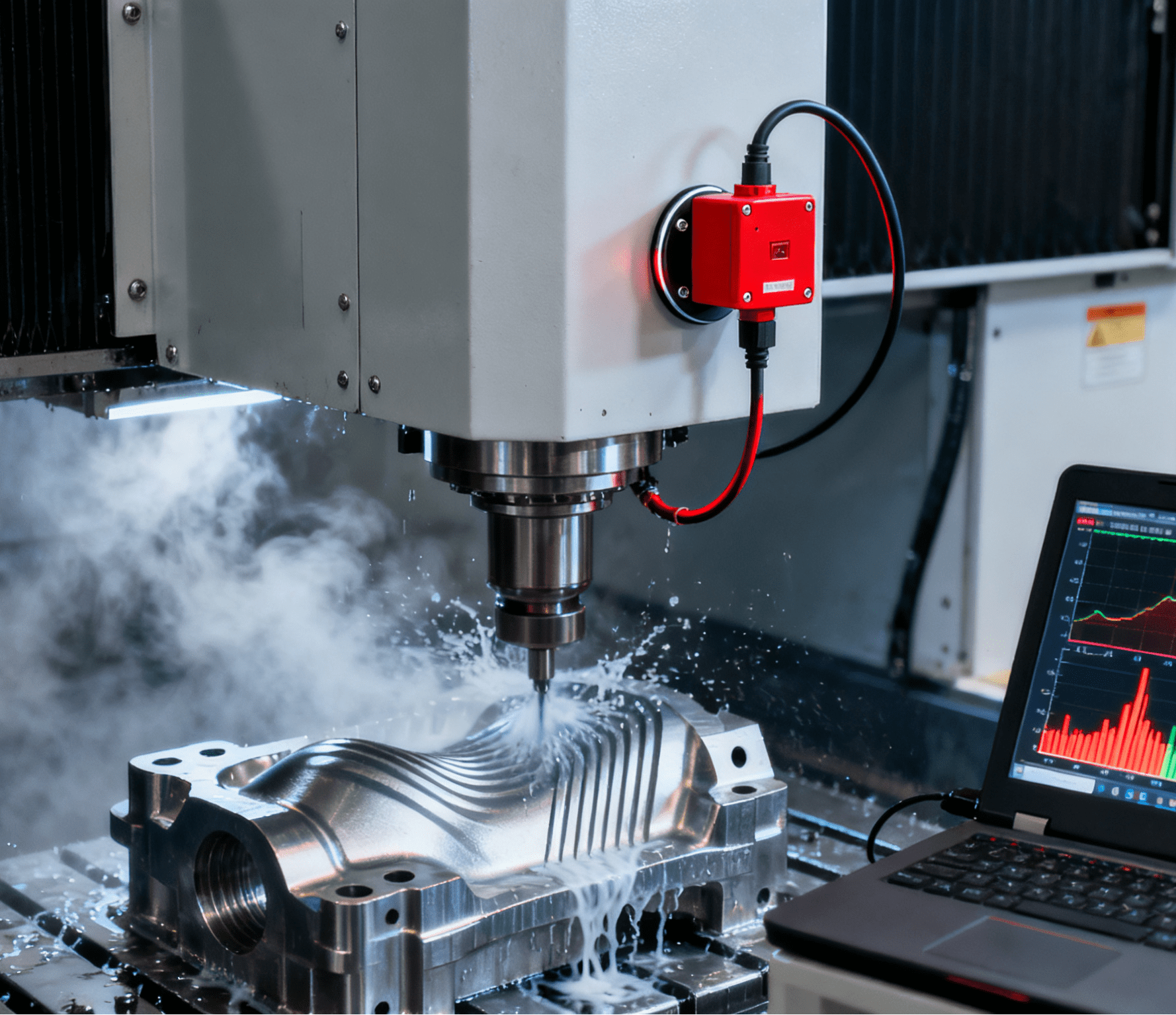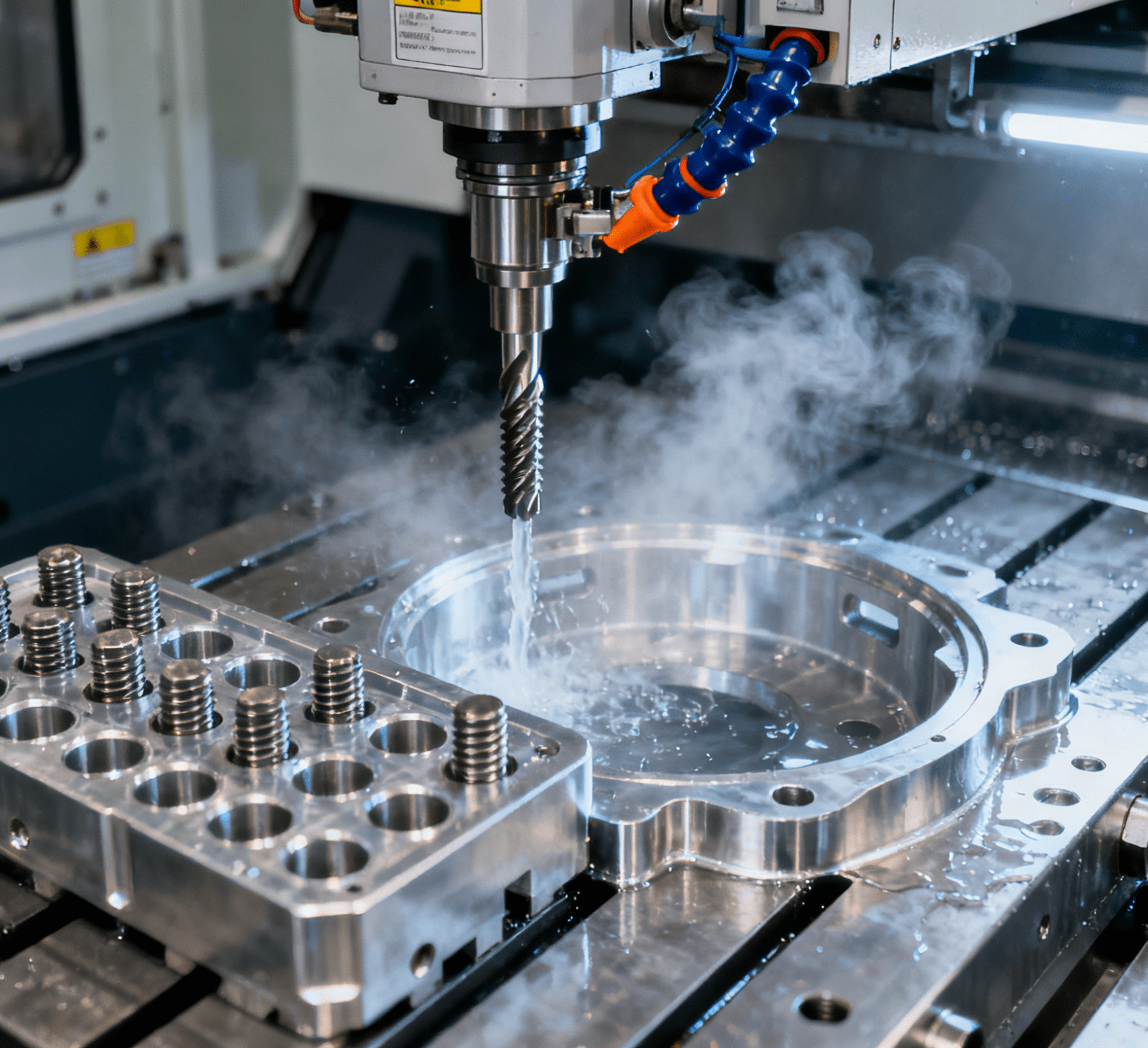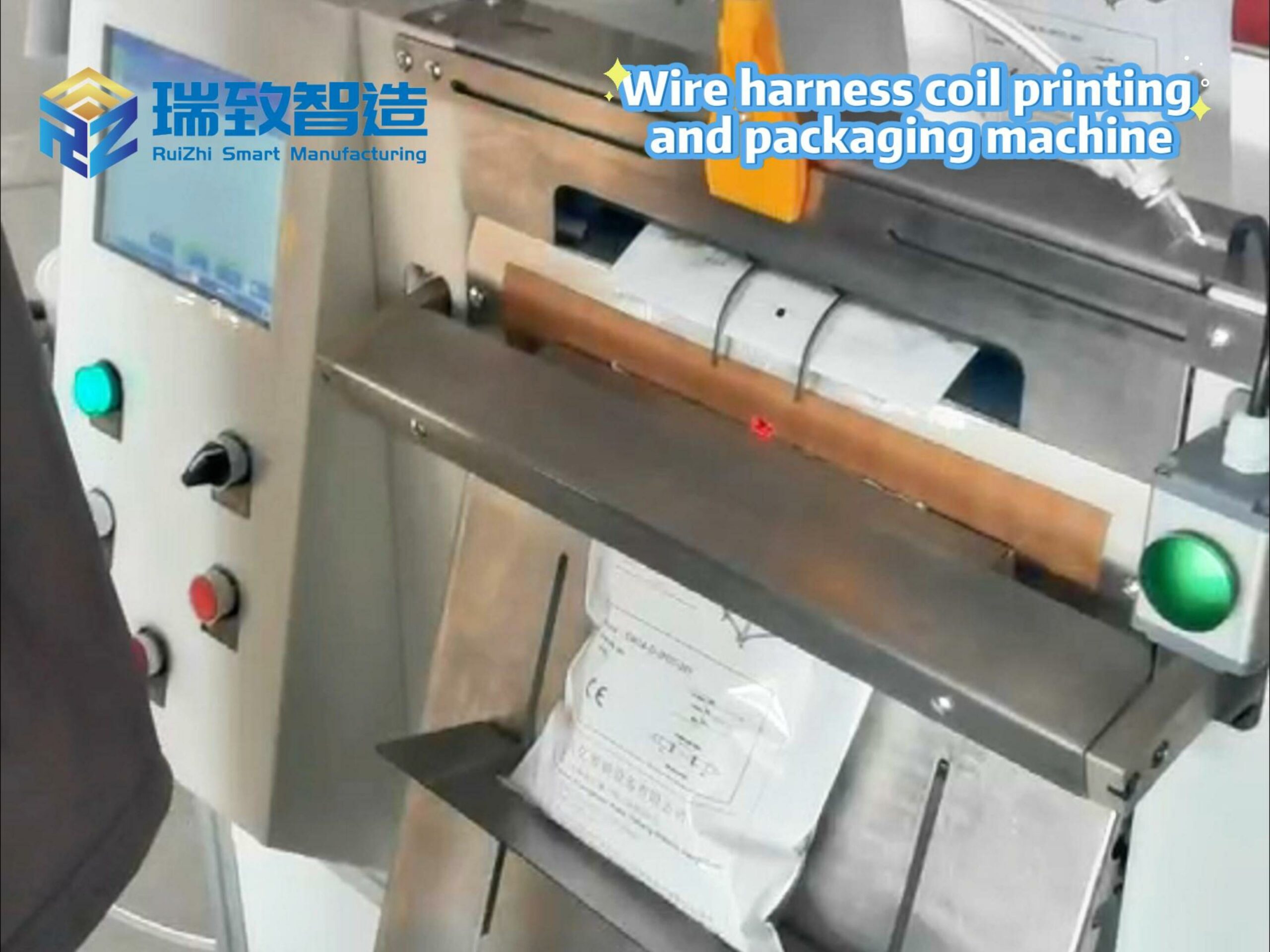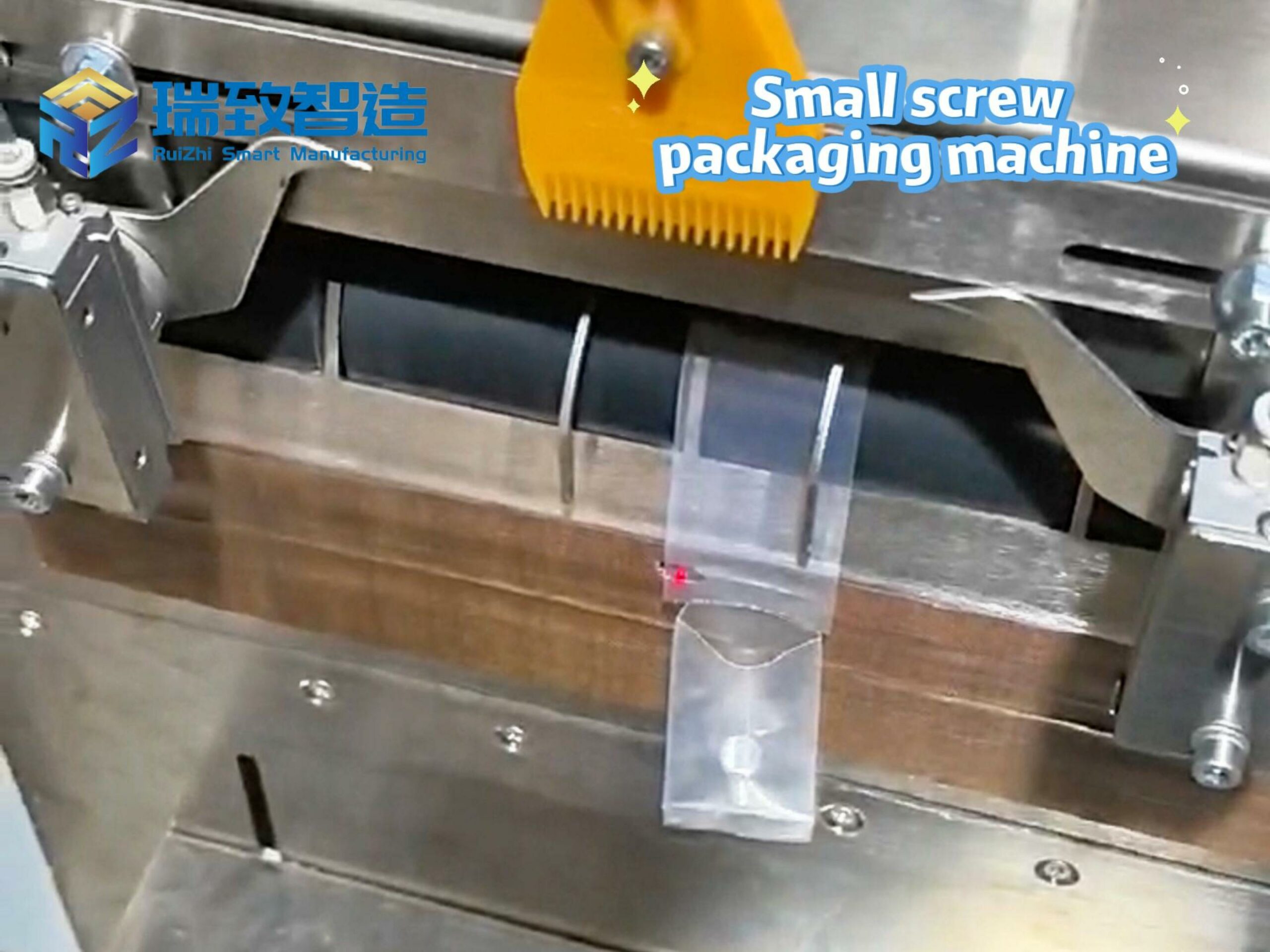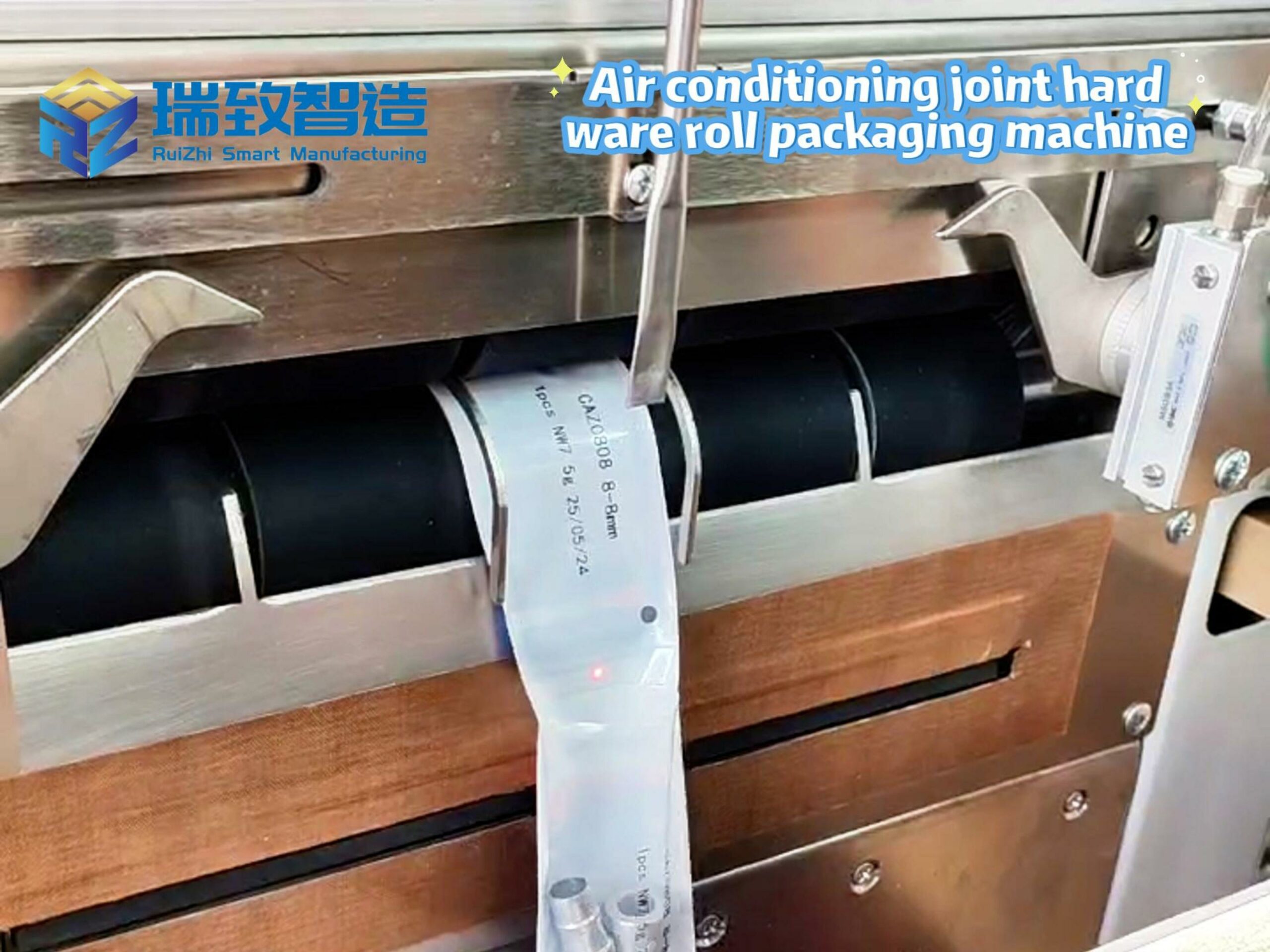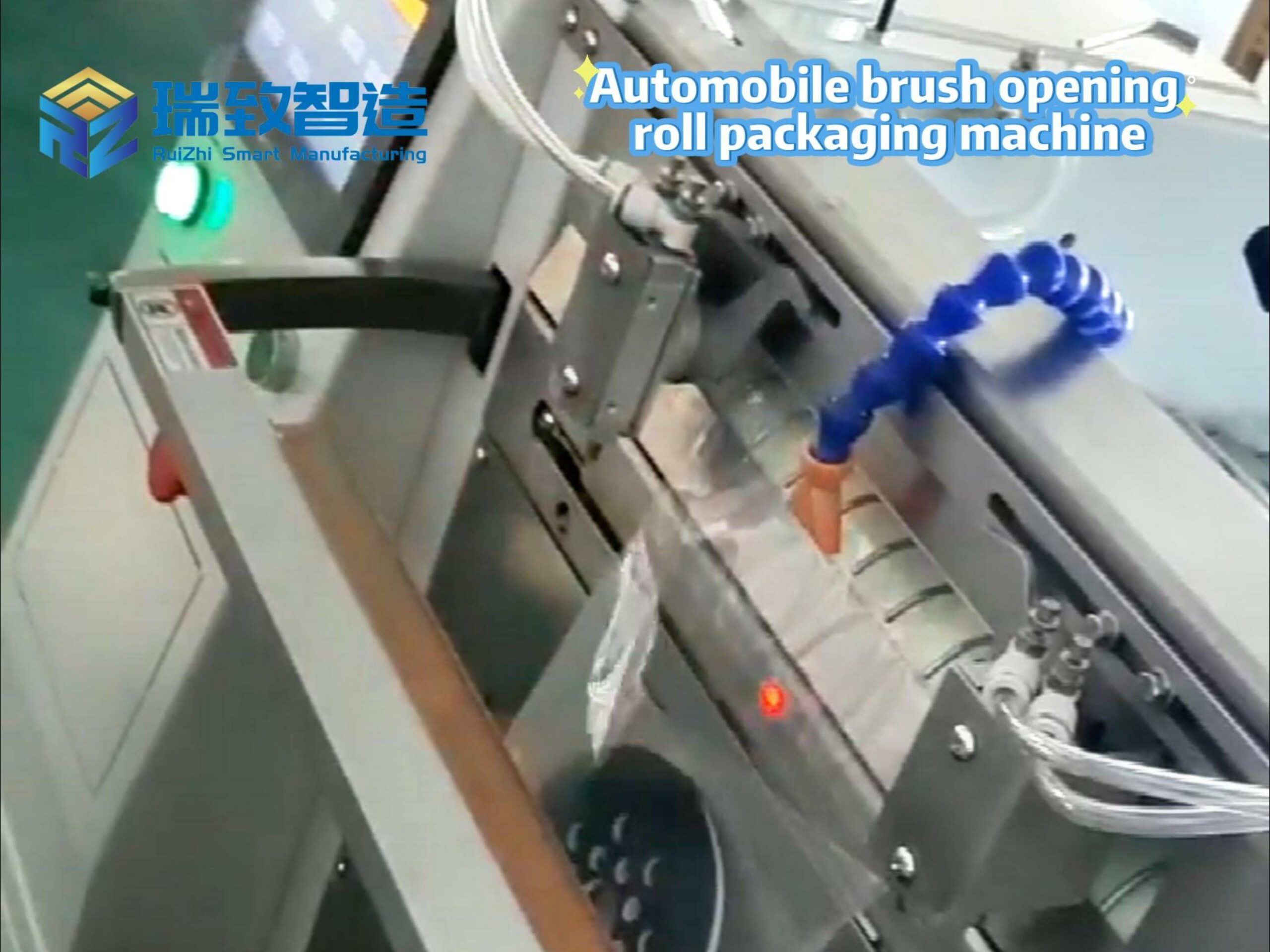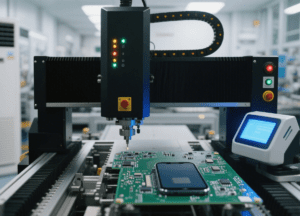
In the landscape of modern manufacturing, where consumer demands for customization grow exponentially and product lifecycles shrink from years to months, the ability to adapt has become more critical than sheer production speed. Flexible Assembly Machines (FAMs) stand at the forefront of this shift, redefining how products are assembled by merging automation’s precision with the adaptability of human craftsmanship. These systems are not mere tools but dynamic ecosystems, capable of switching between product variants, scaling production, and integrating new processes—all while maintaining efficiency and quality. This article explores the core of Flexible Assembly Machines, their technological makeup, real-world applications, and their role in shaping the future of manufacturing.
Table of Contents
ToggleDefining Flexible Assembly Machines: Beyond Rigid Lines
At their essence, Flexible Assembly Machines are integrated systems designed to perform a wide range of assembly tasks across multiple product types without extensive reconfiguration. Unlike traditional “fixed assembly lines”—which are engineered for a single product and require days or weeks to retool for new variants—FAMs thrive on variability. They can assemble a smartphone in the morning, a medical device in the afternoon, and a consumer appliance by evening, with changeovers measured in minutes, not months.
Core Traits of Flexible Assembly Machines
- Product Agnosticism: FAMs handle diverse geometries, materials, and assembly sequences. A single system might assemble plastic components for toys, metal parts for automotive sensors, and delicate electronics for wearables.
- Rapid Changeover: Through modular tooling, programmable robotics, and intuitive software, FAMs reduce retooling time from hours to minutes. For example, a FAM assembling laptop hinges can switch between 10 different hinge designs by recalling pre-loaded programs and swapping out end-effectors.
- Scalable Throughput: They adjust production volume dynamically, ramping up during peak demand (e.g., holiday seasons) and scaling back during lulls without sacrificing efficiency.
- Intelligent Adaptation: Equipped with sensors and AI, FAMs self-correct for variations—such as a misaligned part or a worn tool—ensuring consistent quality even as conditions change.
The Technological Backbone of FAMs
Flexible Assembly Machines owe their versatility to a synergy of advanced hardware, software, and connectivity. Each component plays a role in enabling seamless transitions between tasks and maintaining precision across product lines:
1. Hardware: The Adaptive “Hands” of Assembly
- Collaborative Robots (Cobots): Unlike industrial robots confined to cages, cobots (e.g., Universal Robots UR20, ABB GoFa) work alongside human operators, using force-torque sensors to handle delicate tasks like inserting microchips or crimping wires. Their lightweight design and programmable paths make them ideal for FAMs, as they can be reprogrammed in minutes for new tasks.
- Modular End-Effectors: These interchangeable tools—from vacuum grippers for flat surfaces to multi-fingered claws for irregular shapes—enable FAMs to handle diverse parts. A single cobot might use a magnetic gripper for metal brackets in one cycle and a soft silicone gripper for plastic casings in the next.
- Vision Systems: 3D cameras and machine vision (e.g., Cognex In-Sight 3D-L4000, Keyence XG-X Series) guide robots to locate parts in unstructured bins, inspect for defects, and verify assembly accuracy. For example, vision systems can detect if a screw is cross-threaded or a connector is misaligned, triggering real-time adjustments.
- Conveyor and Feeding Systems: Flexible conveyors with adjustable speeds and modular segments transport parts between stations, while adaptive feeders (vibratory bowls with programmable trajectories) orient irregular components without rigid fixturing.
2. Software: The “Brain” Driving Flexibility
- Programmable Logic Controllers (PLCs) with Open Architecture: Modern PLCs (e.g., Siemens S7-1200, Allen-Bradley Micro800) act as the central nervous system, coordinating robots, conveyors, and sensors. Their open design allows integration with third-party software, enabling custom programming for unique assembly sequences.
- Offline Programming (OLP) Software: Tools like ABB RobotStudio or Fanuc RoboGuide let engineers program assembly steps in a virtual environment, testing and optimizing sequences before deploying them to the physical FAM. This reduces downtime during changeovers, as new programs can be validated virtually.
- Manufacturing Execution Systems (MES): MES platforms (e.g., Rockwell FactoryTalk, SAP Digital Manufacturing) sync FAM operations with order data, prioritizing tasks, tracking material flow, and adjusting schedules based on real-time demand. For example, if a rush order for smartwatches comes in, MES can reallocate FAM resources to prioritize that assembly.
- AI-Powered Analytics: Machine learning algorithms analyze data from sensors (vibration, temperature, torque) to predict equipment failures, optimize cycle times, and even suggest process improvements. A FAM assembling automotive sensors might use AI to adjust screw-tightening torque based on material variations, reducing defects by 30%.
3. Connectivity: The “Nerves” Enabling Collaboration
- Industrial IoT (IIoT): Sensors embedded in FAM components feed data to cloud platforms, enabling remote monitoring, predictive maintenance, and cross-factory coordination. A manufacturer with multiple plants can balance workloads across FAMs, routing orders to the least busy system.
- OPC UA Protocol: This universal communication standard ensures seamless data exchange between different brands of robots, PLCs, and software—critical for integrating legacy equipment with new FAM components.
Real-World Applications: FAMs Transforming Industries
Flexible Assembly Machines are revolutionizing assembly processes across sectors, proving their value in environments ranging from high-volume electronics to low-batch medical devices:
Automotive: From Mass Production to Mass Customization
The automotive industry, long dominated by rigid assembly lines, is embracing FAMs to meet demand for customized vehicles. A European automaker uses FAMs to assemble 15 variants of electric vehicle (EV) battery packs—differing in cell count, cooling systems, and connector types—on a single line. Cobots with vision guidance adjust their grip to handle different cell sizes, while AI-powered torque tools apply precise pressure to terminals, ensuring consistency across variants. Changeover between pack types takes just 12 minutes, a fraction of the 8 hours required by traditional lines, and has cut custom order lead times from 8 weeks to 2 weeks.
Electronics: Keeping Pace with Rapid Innovation
In consumer electronics, where new models launch quarterly, FAMs are indispensable. A Asian smartphone manufacturer deploys FAMs to assemble 25+ phone models, from budget devices to foldable flagships. Modular end-effectors switch between placing 0.3mm camera modules and securing 2mm battery connectors, while vision systems inspect each assembly for micro-defects. Offline programming software allows engineers to program new models in 48 hours, down from 2 weeks with traditional equipment, enabling the manufacturer to respond to market trends almost in real time.
Medical Devices: Precision in Small Batches
Medical device assembly demands strict compliance, traceability, and precision—often for low-volume, high-variety products. A U.S. company uses FAMs to assemble 50+ variants of insulin pumps, each with unique dosages, materials, and safety features. Force-controlled cobots handle delicate tasks like inserting drug reservoirs, applying exactly 0.5N of pressure to avoid damaging components. MES integration ensures every step is logged (from component serial numbers to torque values), simplifying FDA audits. Small-batch runs (as few as 100 units) that once required manual assembly (and risked human error) now have a defect rate of 0.02%, with production costs reduced by 40%.
Consumer Goods: Customization at Scale
In consumer goods, where personalization drives sales, FAMs enable “made-to-order” assembly. A home appliance brand uses FAMs to produce custom blenders—with options for motor power, jar material, and color—on demand. Customers configure their blenders online, and the order data flows directly to the FAM’s MES, which triggers the assembly sequence. Robots pick the correct motor, jar, and base, while vision systems verify color matching. The result: a 1-unit order can be assembled and shipped in 3 days, with costs comparable to mass-produced models.
Advantages of Flexible Assembly Machines Over Traditional Systems
FAMs outperform rigid assembly lines in key metrics that matter to modern manufacturers:
| Metric | Traditional Rigid Lines | Flexible Assembly Machines |
| Changeover Time | Days to weeks | Minutes to hours (5–60 minutes) |
| Product Variants Handled | 1–2 | 10–100+ |
| Labor Requirements | High (manual retooling, inspection) | Reduced (automated retooling, AI inspection) |
| Adaptability to Design Changes | Slow (requires retooling) | Fast (software reprogramming) |
| Small-Batch Cost Efficiency | Low (high setup costs) | High (minimal setup costs) |
Challenges and Strategies for Adopting FAMs
While transformative, integrating Flexible Assembly Machines comes with hurdles. Addressing these challenges is key to maximizing their value:
1. High Initial Investment
FAMs can cost 2–3 times more upfront than rigid lines, a barrier for small and medium enterprises (SMEs). Solution: Phased adoption—start with high-mix, low-volume processes (e.g., final assembly) to demonstrate ROI, then scale. Leasing or “pay-per-use” models (offered by vendors like Universal Robots) can also reduce upfront costs.
2. Technical Complexity
Integrating robots, vision systems, and software from different vendors can create compatibility issues. Solution: Partner with system integrators specializing in FAMs (e.g., ATS Automation, Jabil) to design turnkey solutions. Prioritize components with OPC UA compliance to ensure interoperability.
3. Skills Gap
Operating FAMs requires expertise in robotics programming, vision systems, and data analysis—skills in short supply. Solution: Invest in training programs (e.g., cobot certification courses from Universal Robots Academy) and hire cross-functional technicians with backgrounds in both mechanics and software. Simplified programming interfaces (drag-and-drop, teach pendant guidance) can also lower the skill barrier.
4. Resistance to Change
Workers may fear automation will replace their roles, leading to resistance. Solution: Position FAMs as tools that augment human skills—eliminating repetitive tasks (e.g., screwdriving) so workers can focus on quality control, troubleshooting, and process improvement. Involve operators in FAM design and training to foster ownership.
Future Trends: The Evolution of Flexible Assembly Machines
As technology advances, FAMs will grow even more versatile, driven by these emerging trends:
- AI-Driven Self-Optimization: Future FAMs will use reinforcement learning to analyze assembly data, identify inefficiencies, and adjust processes autonomously. For example, a FAM assembling circuit boards could learn to optimize component placement order to reduce cycle time by 10% over time.
- Human-Robot Collaboration 2.0: Next-gen cobots will use advanced sensors (tactile, thermal) and natural language processing to collaborate more intuitively with humans. A worker saying, “Tighten this connector” could trigger the cobot to adjust its torque settings, creating a conversational assembly workflow.
- Digital Twin Integration: Digital twins—virtual replicas of FAMs—will enable real-time synchronization between physical and virtual operations. Engineers can test new assembly sequences on the twin, predict maintenance needs, and even simulate how a new product will fit into existing FAM workflows, reducing time-to-market further.
- Sustainability Focus: FAMs will prioritize energy efficiency, using AI to schedule high-power tasks (e.g., welding) during off-peak hours, and integrating recycling systems to reuse scrap materials (e.g., excess plastic from molding) in assembly.
Conclusion: FAMs as the Cornerstone of Adaptive Manufacturing
Flexible Assembly Machines are not just a technological upgrade—they represent a fundamental shift in how products are built. In a world where “one-size-fits-all” is obsolete, FAMs empower manufacturers to balance efficiency with adaptability, turning customization from a cost burden into a competitive advantage.
From automotive plants churning out custom EVs to medical facilities assembling life-saving devices, FAMs prove that precision and flexibility can coexist. As they evolve—becoming smarter, more collaborative, and more sustainable—they will continue to redefine the possibilities of manufacturing, ensuring that the factories of tomorrow are as adaptable as the markets they serve.

